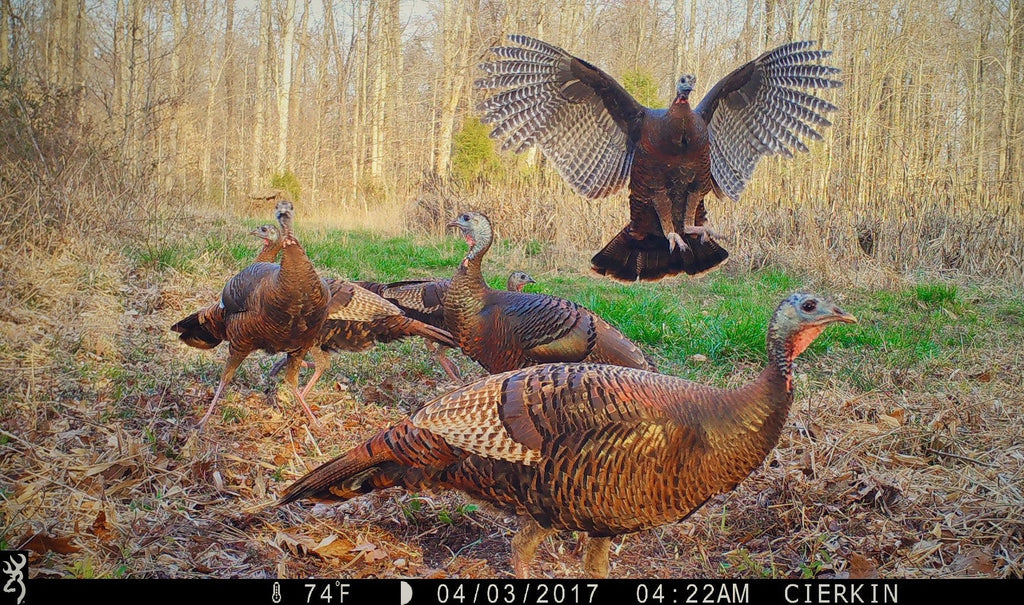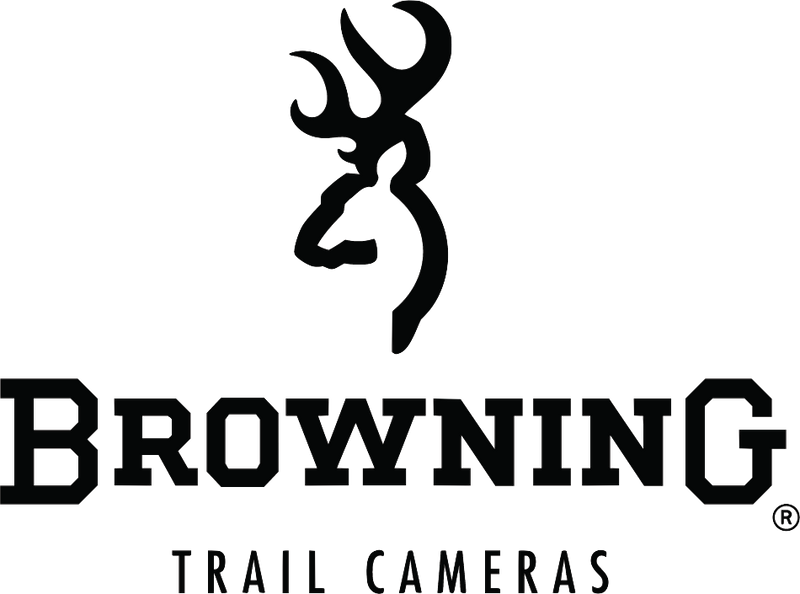Maximizing Your Turkey Season Success with Trail Cameras

As turkey season approaches and you’re getting ready to chase those sharp-eyed longbeards, it's time to fine-tune your scouting strategy and gather the intel needed for a successful hunt. Scouting is key to success, and while traditional boots-on-the-ground methods are invaluable, trail cameras have become an essential tool for modern turkey hunters. Whether you're tracking movement patterns, identifying roosting sites, or monitoring flock dynamics, trail cameras provide insights that can make all the difference when it's time to hit the woods.
Understanding Turkey Behavior with Trail Cameras
Turkeys can be unpredictable, but a well-placed trail camera helps you decipher daily movement patterns. You can gather critical data on when and where turkeys are active by positioning cameras along field edges, travel corridors, and near known roosting areas. Over time, you’ll begin to notice trends—when toms leave the roost, where they prefer to strut, and how they respond to changing conditions. This knowledge allows you to plan strategic setups that put you in the best position for success.

Image: Mike Clerkin
Choosing the Best Locations for Your Trail Cameras
To get the most out of your cameras during turkey season, consider these placement strategies:
● Roosting Areas: Setting cameras near roost trees helps confirm where birds are spending the night and what direction they head at first light.
● Strut Zones: Open areas where gobblers display for hens, such as fields, logging roads, or clearings, are prime spots for camera placement.
● Travel Corridors: Turkeys often take the same paths daily, whether through creek bottoms, fencerows, or ridgelines. Cameras placed in these areas can help you anticipate their movements.
● Food Sources: If your hunting ground has acorn flats, agricultural fields, or food plots, turkeys will likely visit them throughout the day.
Optimizing Your Camera Settings for Turkey Scouting
Unlike deer, turkeys move quickly and can sometimes be harder to capture on camera. To ensure you're getting the best intel, consider these tips:
● Set a short trigger delay to avoid missing crucial moments.
● Opt for video mode if your camera supports it, as it can provide additional details on behavior, interactions, and vocalizations.
● Position your cameras at waist height or lower, as turkeys tend to stay close to the ground.
Why Trail Cameras Are a Game-Changer for Turkey Hunters
In addition to gathering movement data, trail cameras allow you to:
● Identify mature turkeys and distinguish between jakes and longbeards.
● Monitor hen activity, which is crucial for understanding breeding phase timing.
● Adapt hunting strategies based on real-time observations.
● Scout without excessive pressure, reducing the risk of spooking birds before the season.
 Image: Mike Clerkin
Image: Mike Clerkin
Trail cameras provide an unmatched scouting advantage, helping you make informed decisions about where to set up and when to call. With the right strategy, these cameras turn turkey season from a guessing game into a calculated pursuit.
Before you hit the woods this season, set up your trail cameras, analyze the data, and get ready for an exciting spring hunt!
